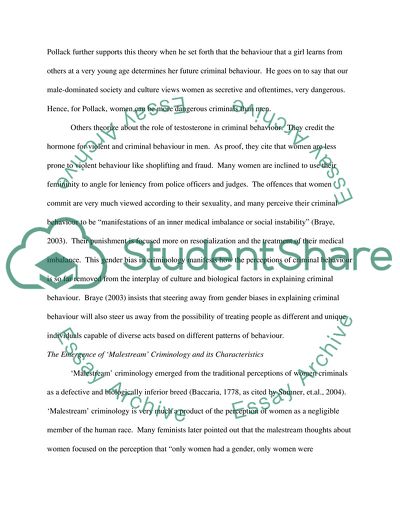Cite this document
(Gender in Criminological Theorizing - Feminist Criminology Essay, n.d.)
Gender in Criminological Theorizing - Feminist Criminology Essay. https://studentshare.org/law/1719524-feminist-criminology
Gender in Criminological Theorizing - Feminist Criminology Essay. https://studentshare.org/law/1719524-feminist-criminology
(Gender in Criminological Theorizing - Feminist Criminology Essay)
Gender in Criminological Theorizing - Feminist Criminology Essay. https://studentshare.org/law/1719524-feminist-criminology.
Gender in Criminological Theorizing - Feminist Criminology Essay. https://studentshare.org/law/1719524-feminist-criminology.
“Gender in Criminological Theorizing - Feminist Criminology Essay”. https://studentshare.org/law/1719524-feminist-criminology.


